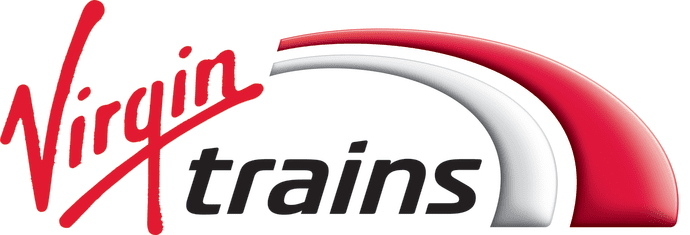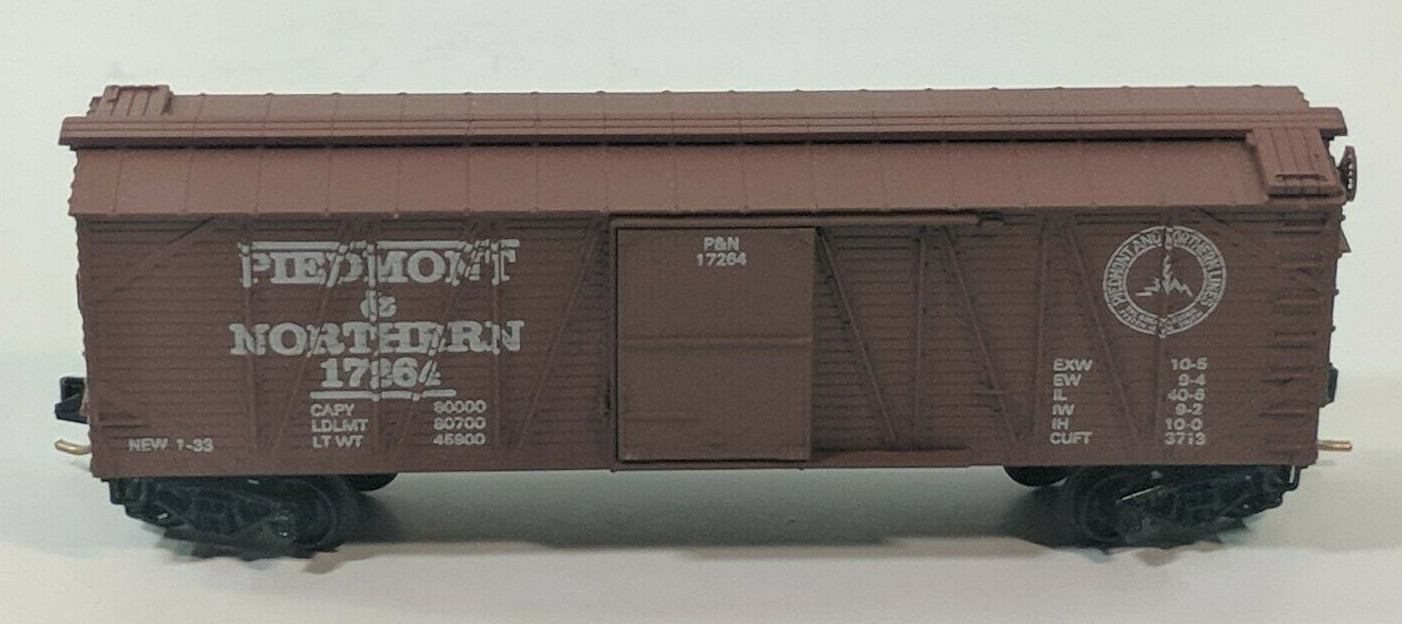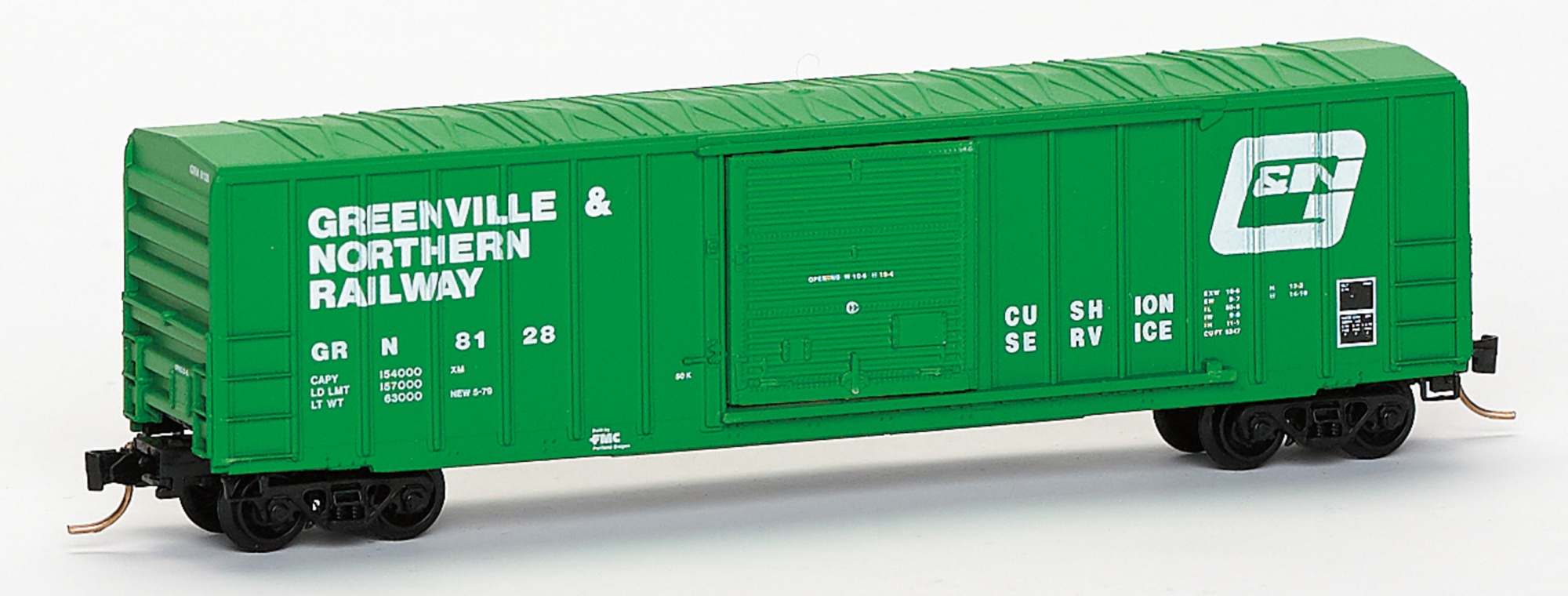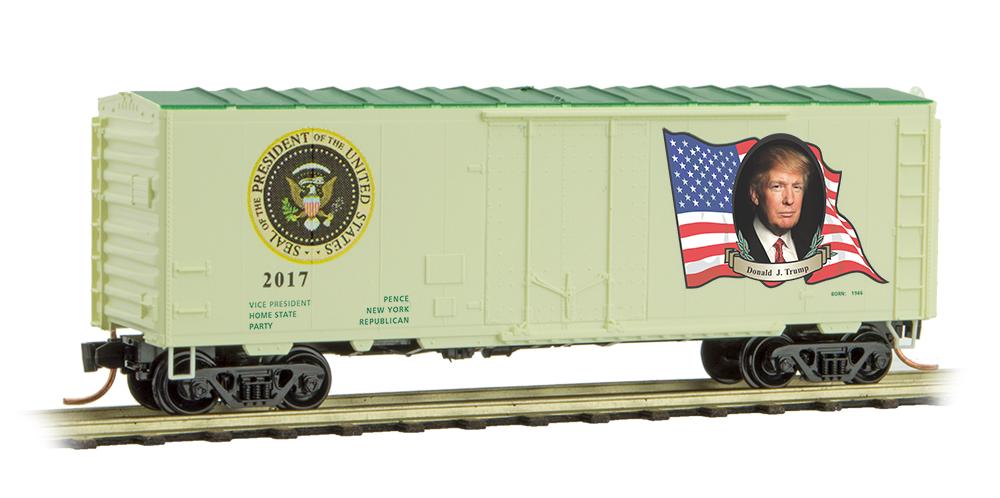Specific Item Information: Towards the end of the 1950s, British Railways began planning a second generation of diesel locomotives. After investigating several prototypes, BR decided to place an order with Brush Engineering for 20 locomotives during February 1961. The resulting design became the iconic Brush Type 4 Diesel locomotive, practical, versatile design with a very distinctive cab. Powered with a Sulzer engine and initially rated at 2750hp, the locomotive could achieve a top speed of 75mph with a tractive effort of 55000lb. Building commenced in January 1962 and the first locomotive D1500 appeared in late September of the same year with test runs on the London Midland Region and Western Region. The design was a success and BR went on to order a total of 512 with continuous production through to early 1967, forming the largest single class of main-line diesel locomotives in the UK.
During this time and subsequent years, several variations appeared with an increase in speed and tractive effort to 95mph and 62000lb respectively. Originally fitted with four-character train head-codes, these changed to marker lights, with the addition of high-intensity lights and roof aerials in the late 1980s. Other variations involved the fitting of different types of steam heating boiler for early BR coaching stock, later replaced with electric train heating for use with modern rolling stock. The numbering system started with four figures but changed to five with the introduction of the TOPs coding system which saw the locomotives classified as Class 47 Diesels with variations such as 47/0, 47/2, 47/3, 47/4 and 47/7. By the end of the 1990s, half of the Class 47 fleet had been withdrawn or scrapped, 33 have been converted into Class 57 locomotives and several have been preserved, including the original D1500, now numbered 47401.
During this time and subsequent years, several variations appeared with an increase in speed and tractive effort to 95mph and 62000lb respectively. Originally fitted with four-character train head-codes, these changed to marker lights, with the addition of high-intensity lights and roof aerials in the late 1980s. Other variations involved the fitting of different types of steam heating boiler for early BR coaching stock, later replaced with electric train heating for use with modern rolling stock. The numbering system started with four figures but changed to five with the introduction of the TOPs coding system which saw the locomotives classified as Class 47 Diesels with variations such as 47/0, 47/2, 47/3, 47/4 and 47/7. By the end of the 1990s, half of the Class 47 fleet had been withdrawn or scrapped, 33 have been converted into Class 57 locomotives and several have been preserved, including the original D1500, now numbered 47401.
Road Name History: Virgin Trains (legal name West Coast Trains Limited) is a train operating company in the United Kingdom owned by Virgin Rail Group that has operated the InterCity West Coast franchise since 9 March 1997. Virgin Trains operates long-distance passenger services on the West Coast Main Line between London, West Midlands, North West England, North Wales and Scotland. The service connects six of the UK's largest cities; London, Birmingham, Manchester, Liverpool, Glasgow and Edinburgh, which have a combined metropolitan population of over 18 million people.
The Virgin Trains brand has also been used on the legally and operationally separate Virgin Trains East Coast since 1 March 2015, and previously on Virgin CrossCountry, which operated between 1997 and 2007. Virgin has around 3,400 employees.
From Wikipedia
The Virgin Trains brand has also been used on the legally and operationally separate Virgin Trains East Coast since 1 March 2015, and previously on Virgin CrossCountry, which operated between 1997 and 2007. Virgin has around 3,400 employees.
From Wikipedia
Brand/Importer Information: Graham Farish is a British brand of N gauge model trains, that belongs to Bachmann Europe.
The company entered the model train business in the early 1950s, focusing on British OO gauge rolling stock, track and accessories.
In the 1970s, it started to produce N gauge models under the GRAFAR label. After the withdrawal of Lima and Minitrix from the UK market in the late 1980s, Graham Farish was the only major supplier of British outline models in N gauge, soon withdrawing from the OO scale market.
In 2001, Graham Farish was purchased by Kader Industries of Hong Kong, and absorbed by its subsidiary Bachmann Industries. Bachmann immediately closed the British manufacturing facility and moved production to China.
Bachmann have since increased the size of the Farish range, by duplicating models introduced to the Bachmann OO range; often, an OO scale Bachmann Branchline model is followed between 6 months to a year later by an N gauge Graham Farish model.
The company entered the model train business in the early 1950s, focusing on British OO gauge rolling stock, track and accessories.
In the 1970s, it started to produce N gauge models under the GRAFAR label. After the withdrawal of Lima and Minitrix from the UK market in the late 1980s, Graham Farish was the only major supplier of British outline models in N gauge, soon withdrawing from the OO scale market.
In 2001, Graham Farish was purchased by Kader Industries of Hong Kong, and absorbed by its subsidiary Bachmann Industries. Bachmann immediately closed the British manufacturing facility and moved production to China.
Bachmann have since increased the size of the Farish range, by duplicating models introduced to the Bachmann OO range; often, an OO scale Bachmann Branchline model is followed between 6 months to a year later by an N gauge Graham Farish model.
Manufacturer Information: Bachmann, a US company founded in 1835, was purchased by Kader Industries in 1987. Kader formed Bachmann Industries Europe in 1989 with their main UK headquarters in Moat Way, Barwell, Leicestershire, UK (former Palitoy location) and the following year launched the Bachmann Branchline range for the British market with the moulds that had previously been used for the Palitoy Mainline and Replica Railways model railway products. From this starting point Bachmann has developed the range further and now produce a large range of models.
In 2001 Bachmann Branchline bought Graham Farish, an N gauge manufacturer, and since then many of their models have been made available in both gauges.
Bachmann Europe portfolio also comprises other model trains brands such as Liliput.
In 2001 Bachmann Branchline bought Graham Farish, an N gauge manufacturer, and since then many of their models have been made available in both gauges.
Bachmann Europe portfolio also comprises other model trains brands such as Liliput.
Item created by: CNW400 on 2022-03-18 15:10:28
If you see errors or missing data in this entry, please feel free to log in and edit it. Anyone with a Gmail account can log in instantly.
If you see errors or missing data in this entry, please feel free to log in and edit it. Anyone with a Gmail account can log in instantly.










